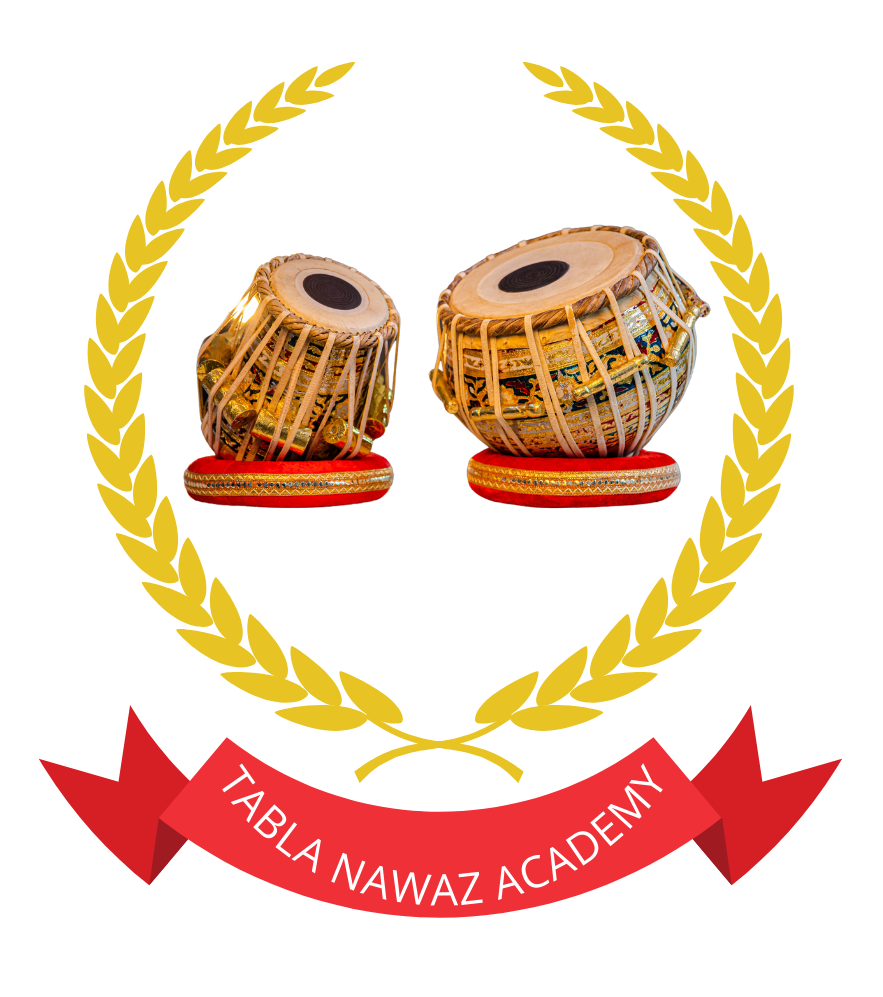A Journey Through Hindustani Classical Music: Pracheen Kala Kendra Vocal Syllabus from Prarambhik to Bhaskar”This title captures the essence of the topic, emphasizing the depth and structure of the Hindustani classical vocal syllabus offered by Pracheen Kala Kendra. Here’s an overview of the syllabus from Prarambhik Part 1 to Bhaskar (Final Year):
Prarambhik (Beginner Level) – Part 1 & 2
Focus: Introduction to Hindustani classical music and basic skills.
- Theory Topics:
- Definition of basic terms: Swar, Saptak, Thaat, Alankar, and Taal.
- Introduction to Taal system: Teentaal, Dadra, Keharwa.
- Practical Components:
- Practice of basic Alankars (ascending and descending notes).
- Study of Sargam (solfege exercises).
- Simple compositions in Raags like Yaman, Bhairav, or Kafi.
- Bhajans or light songs for vocal flexibility.
Bhushan (Intermediate Level) – Part 1 & 2
Focus: Development of voice modulation and understanding of Raags and Taals.
- Theory Topics:
- Detailed study of Raag structures, compositions, and their moods.
- Understanding Taal cycles (Teentaal, Jhaptaal, and Rupak).
- Introduction to ornamentations like Meend, Gamak, and Murki.
- Practical Components:
- Raags like Yaman, Bhairav, Durga, and Bihag with Aalap and Taan.
- Compositions in different Taals (Vilambit and Drut Laya).
- Light classical forms: Thumri or Bhajan.
Visharad (Advanced Level) – Part 1 & 2
Focus: Mastery of classical forms and improvisational techniques.
- Theory Topics:
- In-depth study of Raag theory and their classifications.
- Evolution of Indian classical music through history.
- Tala structure and rhythm improvisation.
- Practical Components:
- Extensive study of Raags like Todi, Marwa, Kedar, Malkauns, and more.
- Techniques for Raga improvisation: Aalap, Bol Aalap, and Bol Taan.
- Advanced compositions in Vilambit (slow tempo) and Drut (fast tempo).
- Study of Semi-classical forms: Thumri, Dadra, Kajri.
Bhaskar (Final Year) – Part 1 & 2
Focus: Proficiency in Raags, performance readiness, and creative composition.
- Theory Topics:
- Comparative study of Raags and Talas.
- Compositional styles in Dhrupad, Khayal, and Tarana.
- Connection between music and emotions (Rasa theory).
- Practical Components:
- Mastery over complex Raags like Puriya Dhanashree, Basant, Darbari Kanada, and Bhairavi.
- Performances combining Vilambit and Drut Khayal.
- Emphasis on originality in improvisation and stage-ready compositions.
- Semi-classical and devotional songs, integrating classical techniques.
Significance of the Syllabus
The structure of Pracheen Kala Kendra’s Hindustani Classical Vocal Syllabus ensures a systematic and comprehensive progression, from fundamental skills to advanced artistry. Whether you’re beginning your journey or reaching the Bhaskar level of excellence, it empowers students to master classical music with discipline and creativity.
The Hindustani Classical Vocal syllabus designed by Pracheen Kala Kendra provides a structured pathway for students to master the art of Indian classical music. It progresses from foundational learning at the Prarambhik level to professional expertise at the Bhaskar (Final Year) level, covering theory, practical knowledge, and performance skills.
Prarambhik (Beginner Level)
This level focuses on introducing the basics of Hindustani classical music.
- Theory Topics: Students learn fundamental concepts like Swar (notes), Saptak (octaves), and Taal (rhythmic cycles). They also study the basics of Thaat (parent scales) and the concept of Alankars (patterns).
- Practical Components: Basic Sargam exercises and simple Alankars are practiced to build vocal flexibility. Students are introduced to beginner-level Raags like Yaman and Kafi, and learn light compositions such as Bhajans or folk songs.
Bhushan (Intermediate Level)
This level emphasizes Raag structure and vocal modulation.
- Theory Topics: The syllabus expands into the mood (rasa) and structure of Raags, along with an understanding of Vilambit (slow) and Drut (fast) Taals like Teentaal and Jhaptaal.
- Practical Components: Students explore Raags such as Bhairav, Durga, and Bihag, practicing Aalap (improvisation), Bandish (compositions), and Taan (fast note sequences). They also perform semi-classical styles like Thumri or Dadra.
Visharad (Advanced Level)
At this stage, students work on advanced technical skills and improvisational creativity.
- Theory Topics: Detailed studies include the evolution of Hindustani music, advanced Taal cycles, and ornamentation techniques like Gamak and Meend.
- Practical Components: Proficiency is built in complex Raags such as Malkauns, Todi, and Kedar. Students perform elaborate Vilambit Khayals and develop advanced Taan patterns. Semi-classical forms like Kajri and Bhajans are further refined.
Bhaskar (Final Year)
This is the pinnacle of the syllabus, focusing on mastery and performance readiness.
- Theory Topics: In-depth comparative studies of Raags and Talas, Rasa theory, and compositional styles in Dhrupad and Tarana are covered.
- Practical Components: Students demonstrate expertise in Raags like Darbari Kanada, Basant, and Bhairavi, performing intricate Aalaps, Bol Tans, and Jod Aalaps. They also develop stage-ready performances that highlight originality and creativity.
Through its systematic syllabus, Pracheen Kala Kendra nurtures students into accomplished vocalists, ensuring a deep understanding of the rich tradition of Hindustani classical music.


